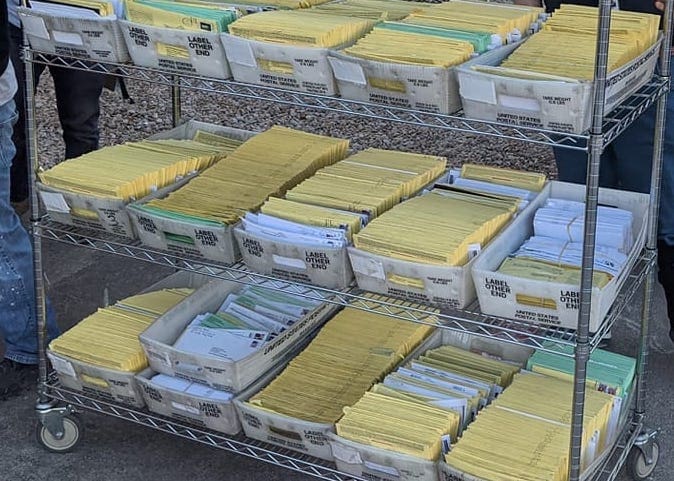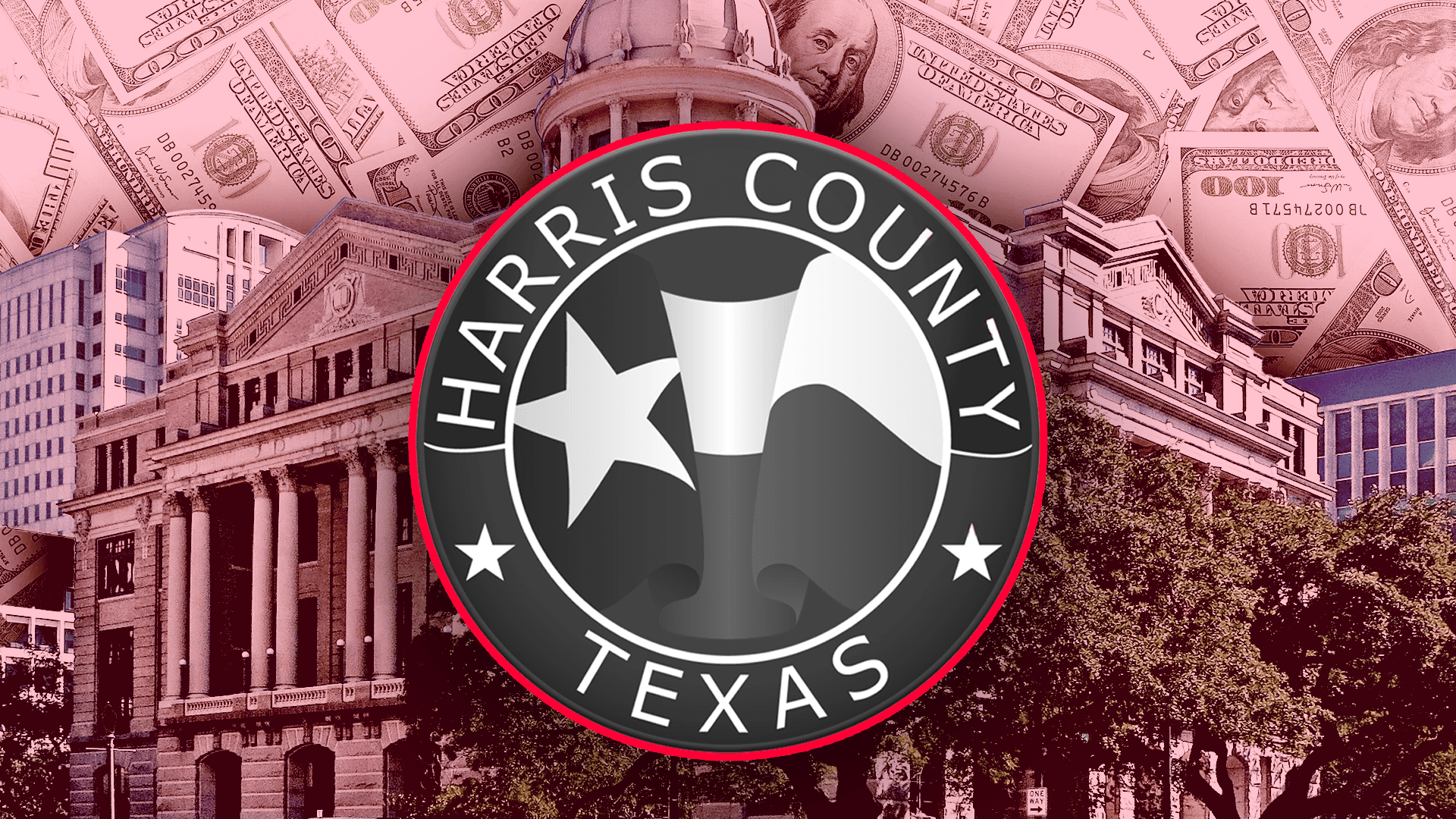A group of the world’s top epidemiologists and medical researchers set off a fire storm of controversy recently by issuing what has come to be known as the Great Barrington Declaration. The declaration argues that the collateral consequences of severe non-pharmacological interventions (NPIs), in particular lockdowns, are causing more harm that the natural spread of the virus would.
They suggest that the data shows there is a gapping disparity in the risk of dying between young, healthy people and those who are older with one or more comorbidities. Therefore, they believe that public policy should be what they refer to as “focused protections” to shield vulnerable populations from the virus while letting everyone else get back to their normal routines, and thus reach herd immunity sooner.
Another equally eminent group of epidemiologists and medical researchers has ferociously pushed back on the Barrington group, countering that it is impossible to protect just the vulnerable and that pulling back on NPIs would result in millions of unnecessary illnesses and fatalities. The critics have issued a competing statement known as the John Snow Memorandum.
Thousands have signed as supporters of each. It is a rather remarkable public disagreement among some of the most preeminent researchers in the world. If you look through the lists, you will see signers from the same universities on both sides.
The two sides have gone after each other with a vengeance. Michael Osterholm, who heads the University of Minnesota epidemiology department, called the Barrington declaration “pixie dust” and “junk science.” The mud has been flying back and forth to a degree that I wonder if some of these academicians are not closet fans of mud wrestling.
I see some merit in both positions. I think the critics are right that just trying to seal off vulnerable populations would face many practical and logistical challenges. I also think the Barrington authors are ignoring that we appear to be on the cusp of the release of some very effective vaccines, at least based on the preliminary data. In other words, we do not have that much longer that we need to hold our breath, so to speak.
An Economist article estimated that the disruption in food supply chains because of the lockdowns has put 130 million people at risk of starvation, a calamity which, if realized, would dwarf the death toll from COVID.
For reasons that appear to be mostly politically motivated, the bulk of the media has sided with the Snow group and worked to discredit the Barrington group. Unfortunately, in its zeal to do so, the media has peddled some outrageously inaccurate information about COVID and the concept of herd immunity, in particular. The worst I saw was this Time article, which declared that no epidemic in history has ever been stopped by herd immunity without a vaccine. I guess the 1918-19 Spanish Flu pandemic is still raging out there somewhere.
As a lay person, it is hard to know what to think when researchers at some of the top universities in the world who have spent much of their lives studying these kinds of illness so sharply disagree. Here’s where I end up.
- Naturally acquired immunity should not be thought of as a strategy, but rather a phenomenon. While a few scientists have questioned whether herd immunity to COVID can be naturally acquired, history strongly indicates that it will. Hopefully, however, because the vaccine development seems to be proceeding rapidly, we will not be forced to rely on it. But in the meantime, it is helping slow the spread of the virus while we wait for the vaccine and will allow us to get to the herd immunity threshold by vaccinating far less than the entire country.
- We are much closer to herd immunity than the media would have you believe, but we still have a significant way to go – too far to simply throw caution to the wind and give up on all NPIs. (I will be writing on where we may be on herd immunity soon.) But the Barrington group is right that NPIs should be more focused on protecting vulnerable populations and designed to avoid the massive collateral damage we have previously seen.
The bottom line is that there is a middle path between Barrington and Snow. I wish that the scientific community would spend more time helping us chart that course and less competing for media attention by trading in hyperbole and slinging mud at each other’s position.
This is a commentary republished with the author’s permission. If you wish to submit a commentary to Texas Scorecard, please submit your article to submission@texasscorecard.com.





